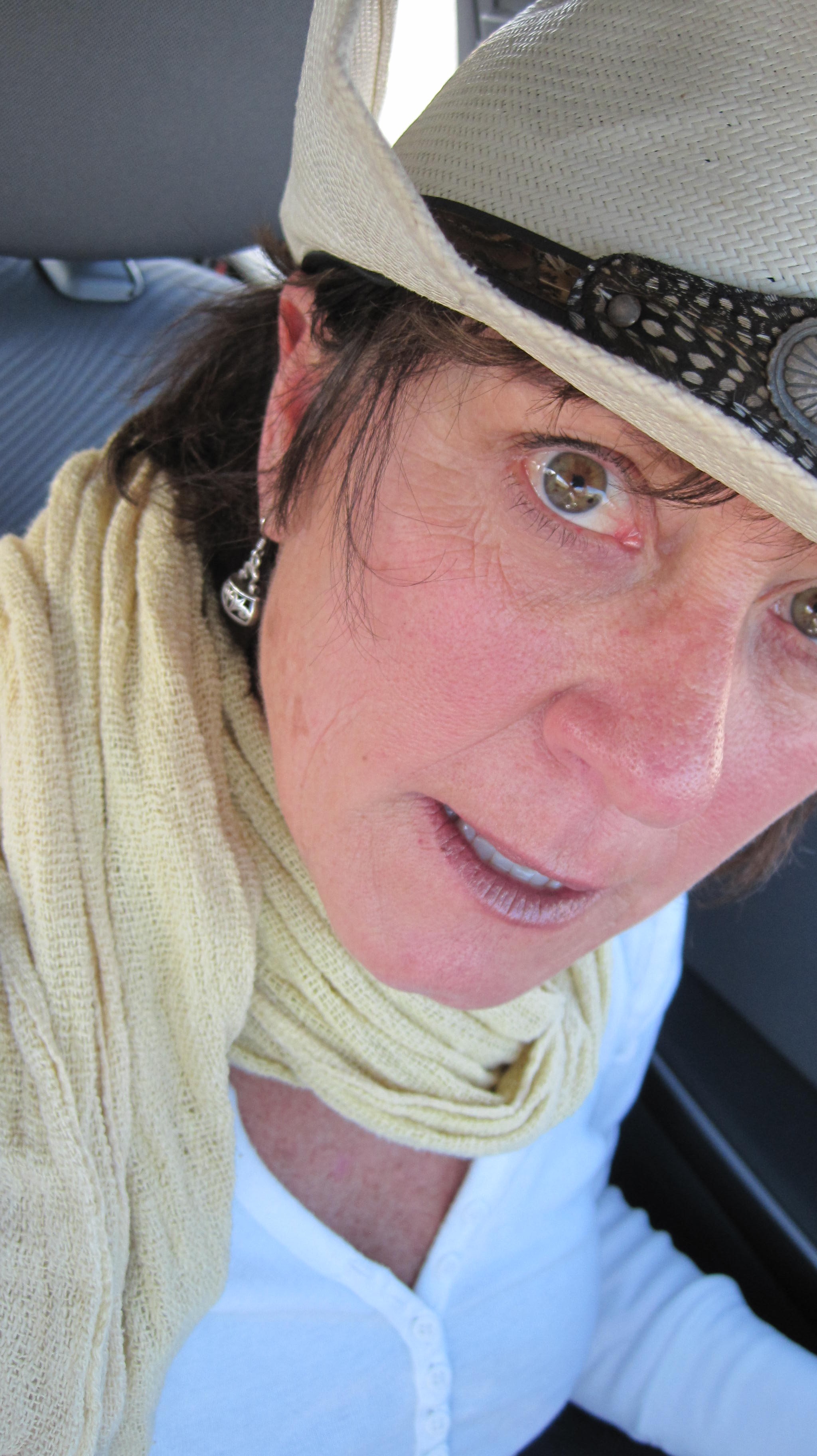My first diary was a shared one; I must have been 8 or 9. My best friend, Andrea, and I had one of those palm-sized starter diaries for girls with a pink cover, a cheap lock and a faint impression of Tinkerbell in the bottom corner of every page. We made only one entry: the Webster’s Dictionary definition of penis. With my unmoored handwriting, I copied the inscrutable definition into the diary. The very act of writing whatever I wanted into that private place was almost as darkly thrilling as the word we had searched for.
I was in Catholic school then and condemned to the understanding that there was some specific room in hell Andrea and I would occupy if it were discovered we had written what we had written. So we locked our little diary, hid the keys, and secured the book into a pink, plastic, heart-shaped box. We hid that under Andrea’s bed for safekeeping.
My first diary entry, and I was flammable with possibility. Writing in the diary was a liberating and revelatory act; I had stepped through the looking glass and discovered a world I could inhabit as I wished when I wished. The diary was an unjudging witness to the private carnival in my mind and my heart and my body.
I left home for the larger world as soon as I graduated from high school, and it was then I graduated to journals. I’ve written in one ever since. Not daily and not with a sense of duty, but with a feeling of homecoming and release when I do. A deeply necessary dimension of my life has been written into journals, dozens of them that I have scribbled in and now sequester away in blocky, vintage suitcases for safekeeping. The contained physical act of writing with hand to paper, the companionship of my thoughts visible, the rendering of snapshots with words, the articulation of what vexes and delights. As a nomad, educator and storyteller, my journals are my most cherished possessions. But I also know it is the journals that possess me.
It’s been 50 years and thousands of scrawled journal entries since I wrote in that first diary. With the sheen that serendipity renders, I found myself last week in Pieve Santo Stefano, Italy, a modest and overlookable town 11 kilometers north of the tiny Tuscan village where I had been invited to teach writing to a handful of willing American adults.
Beneath the standard-issue metal rectangle that announces the name of each Italian town, city and village, an appended marigold-colored sign with vaguely militaristic uppercase letters alerts all that Pieve Santo Stefano is a place of diaries, il paese dei Diari. This little town was selected 29 years ago by an Italian cultural foundation as the nation’s Archivio Diaristico Nazionale, National Diary Archive. More than 6,000 letters, postcards, autobiographies, memoirs and diaries housed here make Pieve Santo Stefano Italy’s national memory keeper on paper. The Archive is a living collection of stories by ordinary people about their ordinary lives.
The words of a soldier to his love, a Jewish man writing about the fascist Italian race laws, the memoirs of an architect, a farmer from Naples remembering his years in a Siberian prison, the diary of a drug addict, letters penned by Italian immigrants. In Pieve Santo Stefano the archive is a small museum both somber and aglow with stories and the lives they represent. Cancelled stamps, yellowing stationary, curly edged journals, dog-eared diaries, postcards, letters bundled with twine. And hanging like a specter above the display cases is a bed sheet lined with words that are testament to love and grief: the sloping, cursive handwriting of a widow moved almost 30 years ago to write to her dead husband. Finding no paper in her house, she scrawled instead across a bed sheet the two had slept on as husband and wife. The sheet holds the story of her love, her life, her self.
Stories are compasses and architecture, the radiant writer Rebecca Solnit says. I see diaries as witnesses, as portals, as tidal charts. At their most pedestrian, journals, letters and diaries relay expeditionary notes, chronicling the mundane flotsam and jetsam of meals, travel, weather. At their most luminous, diaries are the unedited contents of the soul and its longings. They are vaults for the spirit, the place where the unharnessed and unedited self is expressed, realized and preserved.
“We think we tell stories, but stories often tell us, tell us to love or to hate, to see or be blind,” Solnit says. And it is in the telling we remain alive, linked to the past, the present and the future through language, the most potent of all forces.

